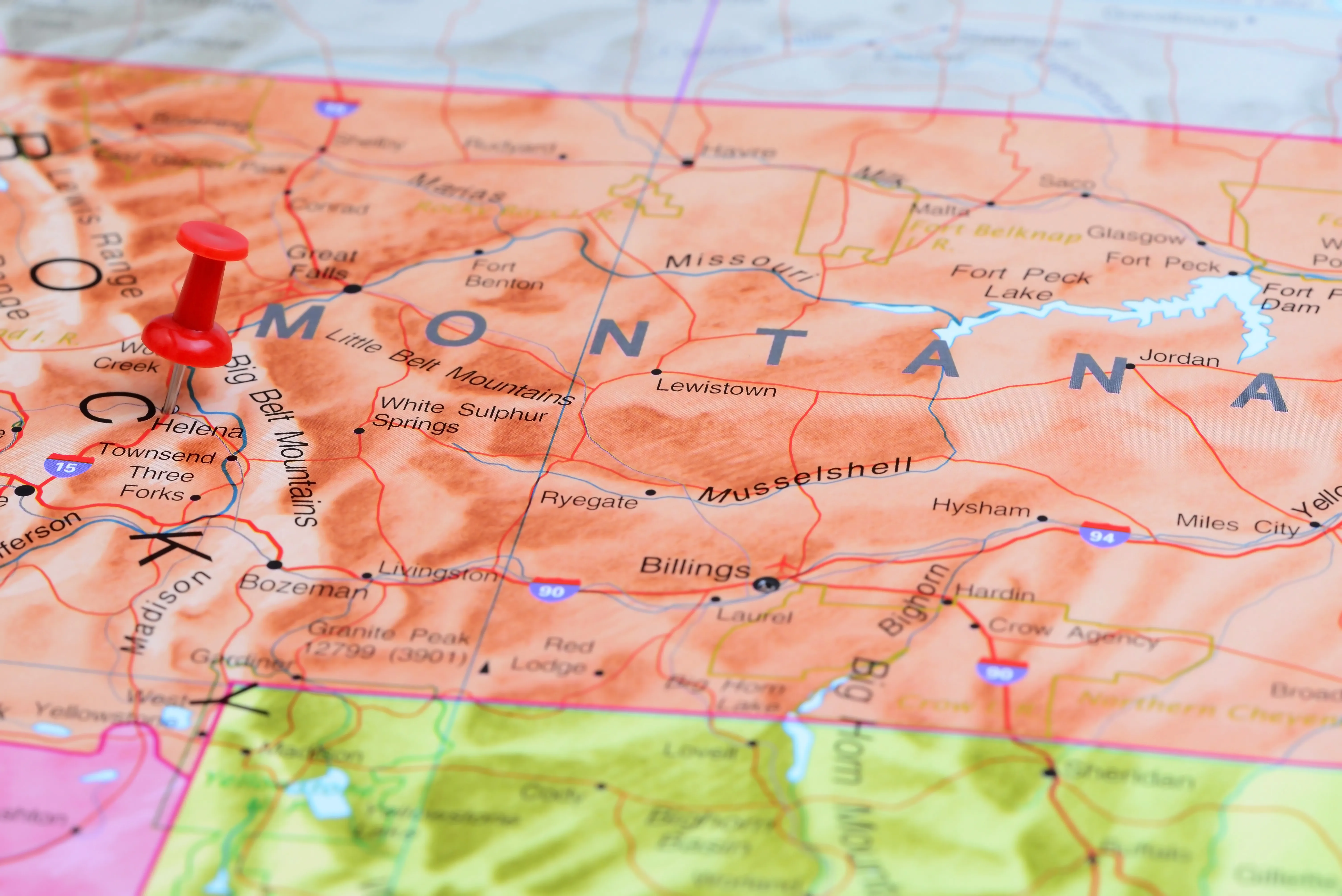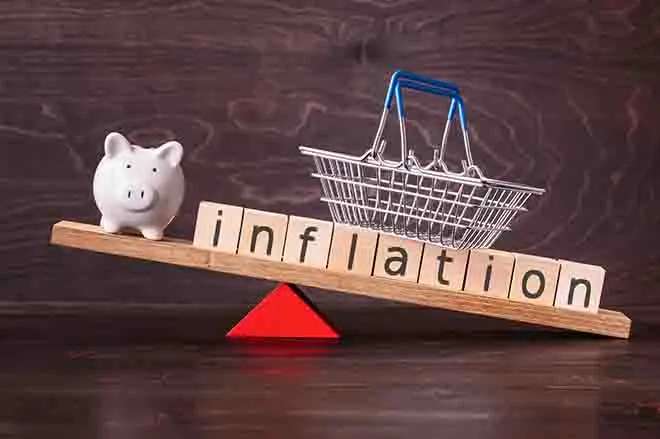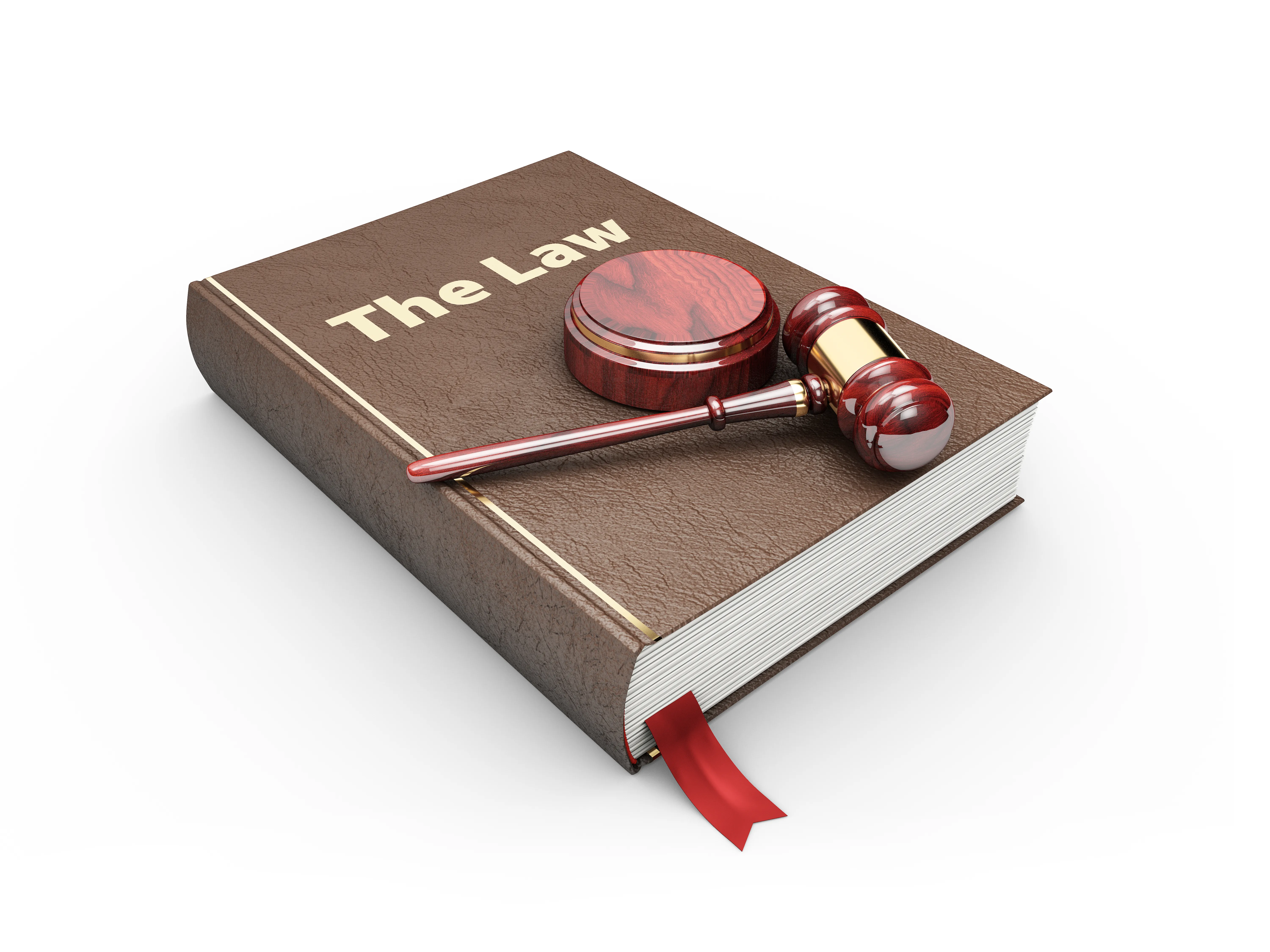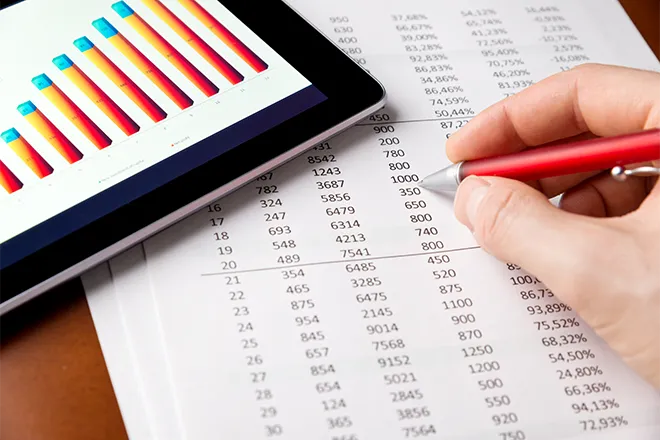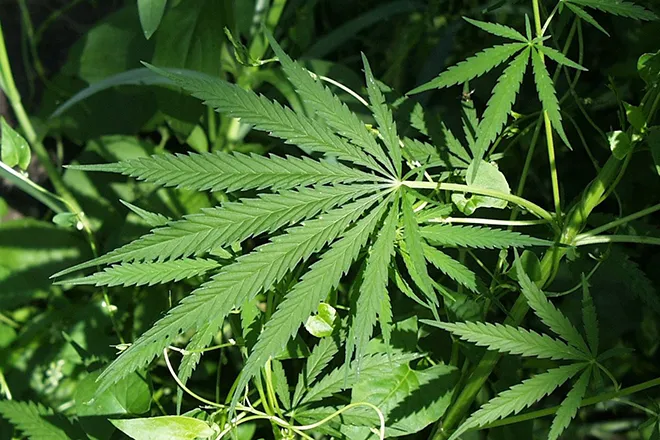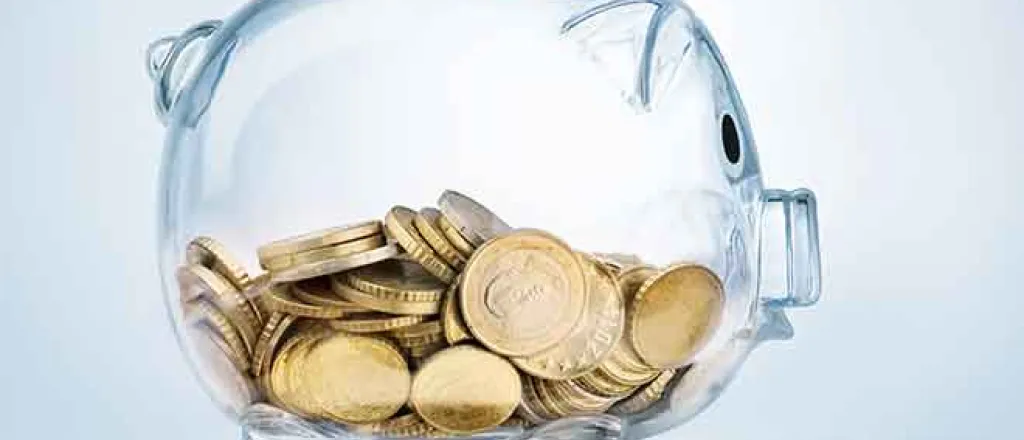
Recent stock market sell-off foreshadows a new Great Recession
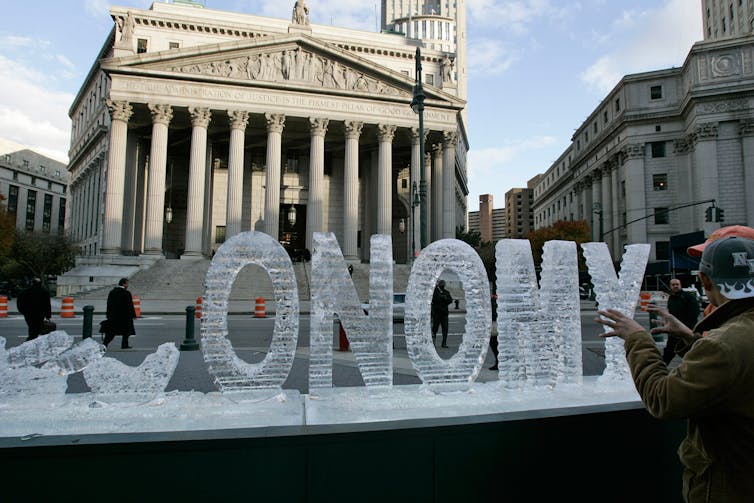
In early February, concerns about inflation and rising interest rates sent global financial markets into a frenzy, prompting the biggest single-day drop ever in the Dow Jones Industrial Average. Stocks have since recovered some of their losses.
A similar episode occurred exactly 10 years earlier, though few may remember. In February 2008, the failure of an obscure market precipitated a similar selling frenzy. At the time, this sell-off went mostly unrecognized as a harbinger of something worse because the stock market quickly recovered.
Just as the world shouldn’t have been complacent in 2008, we shouldn’t rest easy today. Both events are proverbial dead canaries in a coal mine.
That’s because they have something else in common. Both stemmed from worries that rising borrowing costs would hurt debt-burdened consumers, the housing market and ultimately the U.S. economy.
Our soon-to-be-published research shows that the same problems that led to the biggest financial market meltdown since the Great Depression are alive and well today.
2008’s canary in a coal mine
In the mid-2000s, the U.S. economy seemed to be riding high, but two key problems lurked below the surface: excessive household debt and a housing bubble.
Part of the first problem was that real, inflation-adjusted household incomes were actually lower than they had been in the late 1990s. To maintain living standards, Americans took on more debt thanks to relatively low borrowing costs and weak underwriting standards among lenders. Total household debt soared more than 50 percent, from a little over US$8 trillion in 2004 to $12.69 trillion by 2008.
That brings us to the second problem. Most of that was mortgage debt. The housing bubble pushed it to the point that it was unsustainable as housing prices outstripped incomes, leading banks to come up with ever creative ways to lend people money they ultimately couldn’t pay back.
At around the same time, the Federal Reserve began to lift interest rates, from 2004 to 2006, making credit more expensive. This reduced consumer spending as more of households’ falling real incomes went to repay debt, thus slowing economic growth and the housing market.
To some observers, it was only a matter of time before an economic recession or worse.
Among the first significant signs that things were seriously amiss came from the auction rate securities market, which was worth about $330 billion at its peak in 2008. Auction rate securities are essentially packages of mortgages, student loans and other medium- to long-term debt. Back in 2008, broker dealers held weekly Dutch auctions at which these short-term securities changed hands and interest rates were set after a bidding process. Credit-rating agencies gave them their super-safe ranking of AAA.
Investors liked them because they were paid a much higher rate than other short-term securities with AAA ratings. Because they could be sold quickly to investors, borrowers could get loans more easily.
But on Feb. 7, 2008, the market began to seize up. It started when the big investment banks, responsible for ensuring the market had plenty of “liquidity” by purchasing the securities if demand was weak, backed away because a growing number of households couldn’t repay their debts and this was beginning to squeeze their bottom lines.
This spooked investors, who sensed something was wrong. By the end of the month, there were no auctions, and billions of dollars in securities were frozen. The auction rate securities market remains closed to this day.
Within months of its February seizure, the broader market had moved on, as the Dow Jones Index reached the year’s peak by May. Yet the event sent ripples throughout the economy as investors continued to avoid mortgage-related assets.
By September 2008, when investment bank Lehman Brothers collapsed because of problems with these securities, the Great Recession was in full swing.
Deja vu?
Fast forward to today.
The economy has mostly recovered from the financial crisis, the unemployment rate has dropped from 10 percent in 2009 to 4.1 percent in January and real median household income surged to a record at the end of 2016.
Good news, right?
Our new research shows that these rosy-looking stats conceal the same two related problems as 10 years ago: excessive consumer debt (relative to income) and unaffordable housing.
First, debt and income. After falling in the aftermath of the Great Recession, debt is once again reaching new highs. Especially worrisome, nonmortgage household debt (student loans and credit cards) has soared at a rapid pace and is now 41 percent above its previous peak in 2008. We estimate that the resulting interest payments on nonmortage household debt have reduced living standards of the typical household by 3.1 percent since 2008. That either lowers consumption or prolongs the vicious cycle of more and more household debt.
But things are even worse than this. Income data ignore recent demographic shifts, such as more multi-generation households and college students living with their parents longer. We adjusted household income by family size because more people living together requires more money to attain the same living standards. Our data show this has lowered average living standards by 3.3 percent. This is on top of the 3.1 drop due to greater interest payments on nonmortgage debt.
Second, although there is no great housing bubble today, the fundamental problem is the same as 10 years ago – people with average incomes cannot afford to buy and live in an average priced home. Low interest rates helped the housing market recover, but also helped drive prices to record highs.
Just like before the 2008 crisis, incomes have not kept pace with home prices. Too many people cannot afford to buy a home.

Storm clouds brewing
So what does this all mean?
Home prices and consumer debt are again at record highs, and the Fed has been steadily raising benchmark borrowing costs for over a year now. The central bank is expected to accelerate the process because the recent tax cut is likely to cause inflation to rise, requiring the Fed to lift interest rates to cool things down. This will hurt the housing market, pushing more homeowners underwater and making it harder for them to pay their mortgages and repay other debt.
At the same time, incomes have only grown modestly and, as our research shows, average American households have 6 percent to 7 percent less spending power than they did a decade ago, before the global financial system collapsed. Something will have to give. Households can take on more debt to maintain their living standards for a short while, or they can significantly reduce their spending.
![]() In either case, the U.S. economy is primed for another recession. We believe it’s not a question of if. It’s a question of when.
In either case, the U.S. economy is primed for another recession. We believe it’s not a question of if. It’s a question of when.
Steven Pressman, Professor of Economics, Colorado State University and Robert H. Scott III, Professor of Economics & Finance, Monmouth University
This article was originally published on The Conversation. Read the original article.

